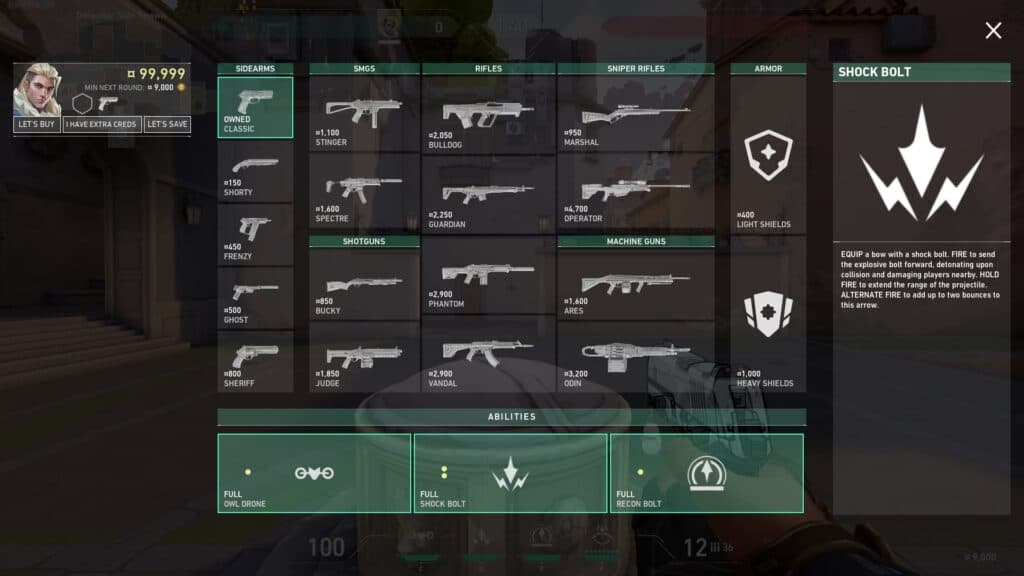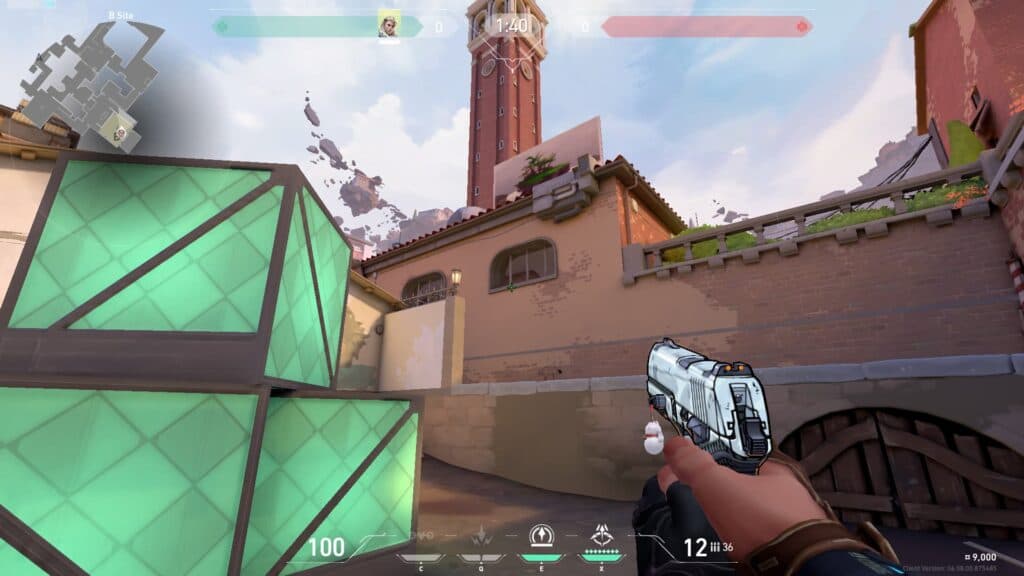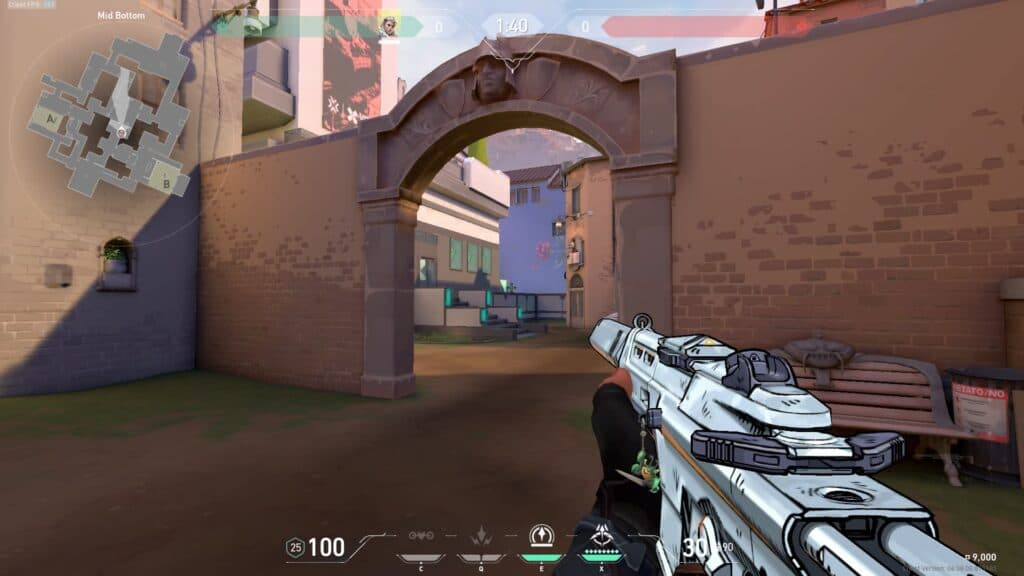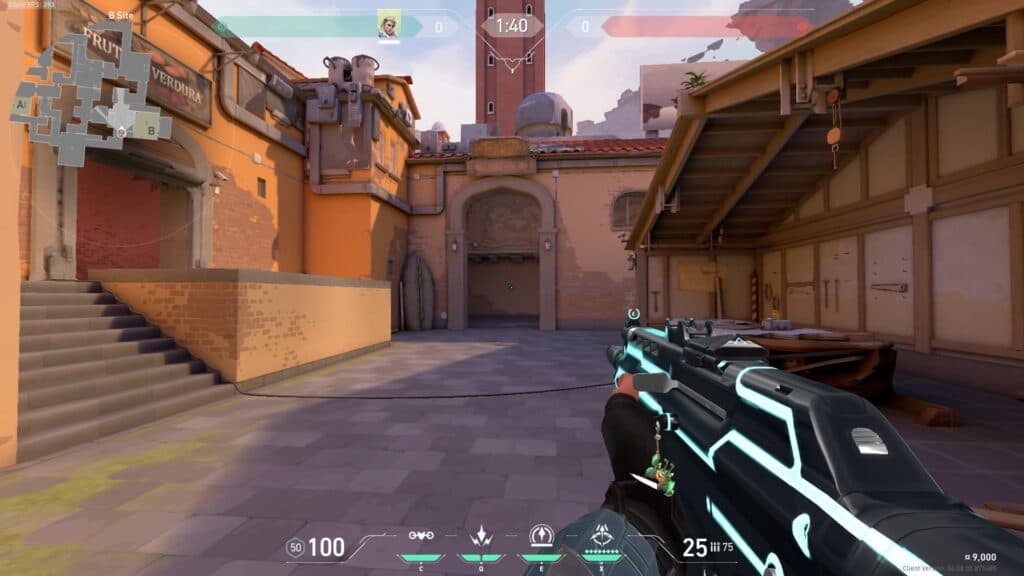A complete and updated guide of the economy and buying system for VALORANT. Make sure you know how it all works before jumping into a ranked game.
VALORANT not only requires precise gun-play and ability usage, but it also includes an in-depth economy system. In order to assist your team in winning, the following VALORANT economy guide is key. You'll learn about the system to aid in your purchasing of weapons and abilities.
With 17 guns to choose from, loads of utility, and shields to purchase, jumping straight into a match can be intimidating without understanding how the eco system breaks down. That's why our guide is here to educate you before you begin your competitive queue journey.
VALORANT economy guide and tips
At the beginning of each round, you have the option to buy any of the 17 guns, abilities, or shields you desire, if you have the credits for it. Depending on the situation of the game and your role, you'll want to choose the suitable gun for it.
All players start with the same number of credits and gain more based on their round performance and results. This VALORANT economy guide will help you be a smart shopper, to earn those credits and use them accordingly:
- Communicate with your team each round regarding the type of buy, available credits, and the role each player will have
- The minimum amount of credits you will start the next round with is shown in the Buy Menu
- Open the leaderboard to see how many credits each enemy player started the round with to know what type of firepower you'll be up against
- Emphasize winning the pistol round to ensure an immediate buildup of credits
- Die to the Spike on Defense if your weapon isn't worth saving to earn the loss streak credits and prevent the other team from gaining Ultimate points
How to earn credits in VALORANT
There are a handful of ways to obtain credits in VALORANT. This is how you buy your weapons, abilities, and shields. If the following round is not the start of a new half, you retain any unspent credits. Here's every scenario where you gain them:
Scenario Credits | First Round of a Half 800 | Kills 200 (Per Kill) | Spike Plant (Attacker Side) 300 | Round Loss 1900 | 2-Round Loss Streak 2400 | 3-Round Loss Streak (Or Greater) 2900 | Round Win 3000 |
These increase slightly if you are missing a player through AFK or disconnect. A single player may not have over 9000 credits at any given time. If you reach overtime, each player starts every OT round with 5000 credits.
Guns
There are six types of gun classes from you to pick from. These are Sidearms, SMGs, Shotguns, Rifles, Machine Guns, and Sniper Rifles. Every player is capable of wielding one sidearm and one primary gun from any of the categories mentioned.
Here is each weapon in categorical order and the amount credits needed to purchase it:
- Classic: Free
- Shorty: 150
- Frenzy: 450
- Ghost: 500
- Sheriff: 800
- Stinger: 1100
- Spectre: 1600
- Bucky: 850
- Judge: 1850
- Bulldog: 2050
- Guardian: 2250
- Phantom: 2900
- Vandal: 2900
- Marshal: 950
- Operator: 4700
- Ares: 1600
- Odin: 3200
As you'll find in-game, the more powerful or effective a VALORANT weapon is, the more credits you'll need to spend to acquire it.
Armor
You need to protect yourself in VALORANT as much as you can. There is the other option of killing them before they kill you, but this doesn't always go to plan as we all know. You need to be prepared in this case. Armor allows you to have an additional layer of protection when you go into combat.
There are two options for Armor. Light Shields cost 400 credits and provide 25 shield protection. Heavy Shields cost 1000 credits and provide 50 shield protection. Shields carry over after each round, and if damaged have to be re-bought at the full price.
Abilities
Every Agent in VALORANT has a unique set of abilities to purchase during the buy phase. Ability costs vary on the Agent and each Agent gets one basic ability for free each round. The available abilities in VALORANT come in a wide variety so it is essential to know what your main is capable of.
Ultimates
Ultimates are powerful abilities that Agents must charge up to use though the collection of points/orbs. Agents gain one Ultimate charge by:
- Getting a kill
- Getting killed
- Planting the spike
- Defusing the spike
- Collecting an ult orb located on the map
Every Agent has their own Ultimate cost. More powerful Ultimates will require you to obtain more points/orbs for it to become available.
What is a save round in VALORANT?
During a VALORANT match, you have to manage your available credits and understand how much to spend each round. At some points, you may come across a teammate calling for a save round, also known as an eco round. This occurs when your team is low on credits, and you have to spend very little, or even zero.
You'll need to use your credits wisely here. The goal is to only spend credits to the point where you know you can buy full armor, weapons, and abilities in the following round. A save round can be harder to win due to a lack of stronger guns, but good team coordination might give you a surprise victory.
What is a half-buy in VALORANT?
A half-buy round is when you have enough to buy a lower-tier gun, maybe some light shields, and some abilities. Or perhaps a powerful rifle and no shields or abilities. These rounds can be played normally and if done successfully, you can upgrade your guns by killing your opponents and taking theirs.
Essentially, you'll only spend half of your credits to ensure you can full-buy in the upcoming round. The goal in a half-buy round is to pick off your opponents, cause some chaos and disruption, and either get lucky with a win or do enough to gain credits for next time.
What does it mean to full-buy or force in VALORANT?
The final types of buying you'll hear about in VALORANT are full-buys and force buys. The terms can be interchangeable, but the situations in which they are used will differ. It depends on how far behind you are in rounds or how desperate you are to keep a lead.
A full-buy is pretty straightforward. You buy the best weapon available, Heavy Shields, and all of your abilities. This could see all of your credits spent if you don't have a surplus.
Then a force buy sees you spend all of your credits to counter the other team. For some teammates, this could be a full-buy. And for others, it could resemble a half-buy. The purpose is to buy as much as possible to help deliver a round win.
We hope this VALORANT economy guide helped you. For more esports news and VALORANT guides, stay tuned to esports.gg



